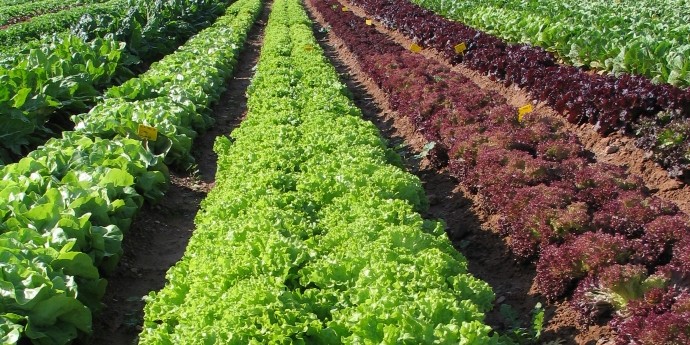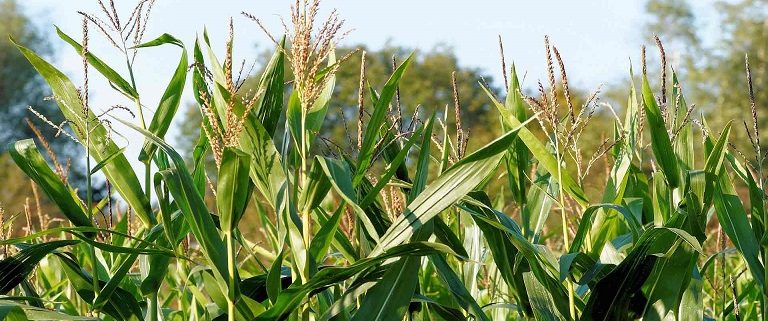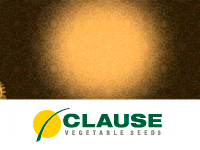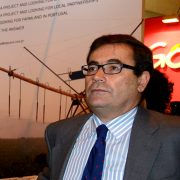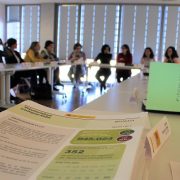The latest news and data in the new period of CAP aid
By J. S. Soler
The Council of Ministers has approved a Royal Decree modifying the current regulations on the application of direct payments to agriculture and livestock and other aid schemes, as well as on the management and control of direct payments and payments to rural development. The changes came into effect on January 1st and will apply the aid application campaign that will last in principle until April 30th, although, given the background of previous years, insurance will be extended. This amendment incorporates into the Spanish legal system the changes introduced by the so-called “Omnibus” Regulation in the Common Agricultural Policy (CAP).
Among the innovations introduced, it is worth noting that, in order to encourage participation in decoupled aid from young farmers, the value of complementary aid to young farmers is doubled to 50% (up to now it was 25%) of the average value of the young person’s basic payment rights
This aid may be received for five consecutive years, from the first request for payment for it (even if it was before 2018), instead of as it has been until now: since the first installation of the young farmer. It will allow an increase in aid of more than 15 million euros.
On the other hand, the criteria for determining a surface as pasture are relaxed, extending the range of eligible pastures to all those wooded and shrubby pastures that can really be used as pasture, although herbaceous forage is not a majority in these areas. However, this does not mean that the corresponding grazing admissibility coefficient is applied to these areas, in order to discount areas of impenetrable vegetation, rocky outcrops or other unproductive elements scattered throughout the pasture or, if necessary, high slopes.
Active farmer
Although the Omnibus Regulation allows, optionally, to reduce the controls of the figure of the active farmer, Spain has decided, with the purpose of maintaining a correct orientation of the aid and guaranteeing that the payments are granted to the producers that generate an activity. real in the agrarian field, do not introduce changes in this aspect and therefore maintain the current regulations on the figure of the active farmer.
The orientation towards farmers and ranchers with a real agrarian activity has allowed in recent years that the number of applications for PAC has gone from 915,295 in 2013 to 745,166 in 2017, with a reduction of about 170,000 applications, which means almost 19% of requests
This has been translated, according to MAPAMA, into the best channeling of aid towards truly active farms.
Finally, the conditions for the collection of payment for agricultural practices beneficial to the climate and the environment are relaxed, both in terms of diversification, and in relation to areas of ecological interest. Specifically, in relation to the latter, the treatment of legume surfaces is improved, and the number of categories of areas of ecological interest is increased, which can be used by the farmer with the meliferous fallows and areas of eulalia and silfo.
The debate on co-financing
The new reform of the CAP that must be applied after 2020 has in co-financing the aid one of its real workhorses. The opinion of the Ministry of Agriculture and the autonomous communities as a whole is a clear rejection of co-financing of the Common Agricultural Policy. They bet on a “strong” budget and reject co-financing because the first pillar of the CAP (direct aid) must be fully funded with European funds.
What are the latest data on the CAP in Spain?
The financial year 2016 – in which the 2015 grants were paid – was the first full implementation of the last CAP reform of 2013 that came into force the following year and reflects some changes in the distribution of direct payments between beneficiaries , according to the European Commission in its latest report on the distribution of direct payments of the CAP. Among those changes, there is a significant decrease in the number of beneficiaries at the community level.
Although already in 2015 there was a fall in the number of beneficiaries compared to 2014 (almost 275,000 less, up to 7.24 million), in 2016 the decrease was more pronounced (-531,084), bringing the total it was well below 7 million. This downward trend is due to structural adjustments in the agricultural sector, which have reduced the number of holdings, but also to the stricter conditions introduced in the last reform of the CAP to access aid, in particular those relating to the active farmer and agricultural activity.
In the case of Spain, the figures published by Brussels confirm a decrease of 32,600 beneficiaries in the year 2016 compared to the previous one and 67,700 if compared with the 2014
In some Autonomous Communities, the new criteria for the distribution of the single payment that established a minimum amount in the amount of aid to be able to access it has been key to lowering the beneficiaries. Single payment aid for a value of less than 300 euros can no longer be processed.
In 2016, the percentage of beneficiaries who received less than 1,250 euros in aid and also those who received more than 100,000 decreased. The total amount in these segments was also reduced.
In Spain, 45.8% of the beneficiaries -some more than 365,000- received a maximum of 1,250 euros in aid. Together they amounted to less than 200 million euros, 3.9% of the total amount. On the other hand, 0.43% of the beneficiaries -some more than 3,450- distributed 12.5% of the budget (around 630 million euros) at a rate of more than 100,000 euros each
YOU MIGHT ALSO LIKE:
➡️The forgotten ones of the CAP
